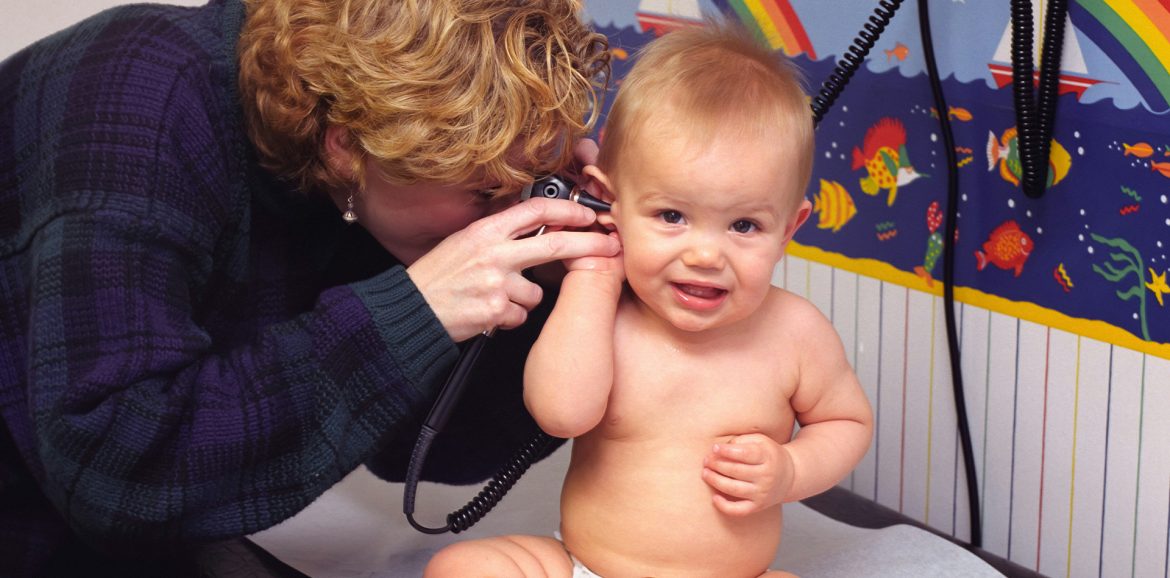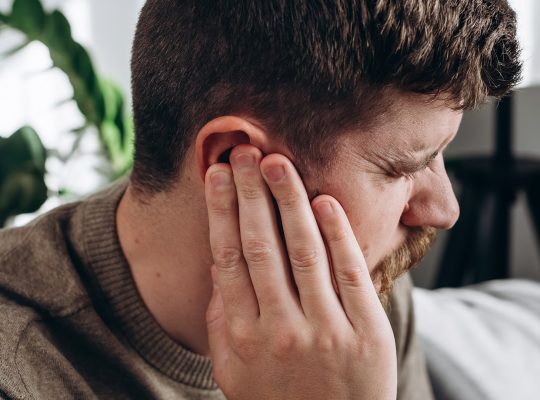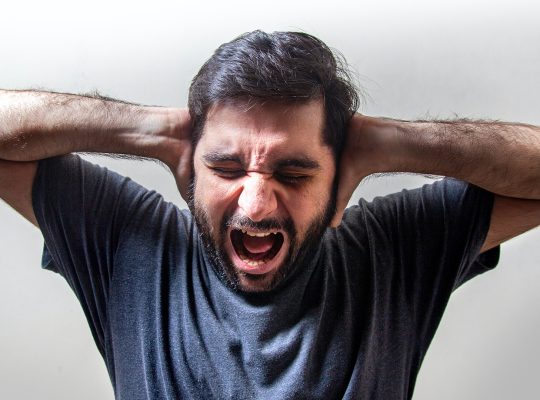Glue ears, also known as otitis media with effusion, is a common ear infection in children. It also sometimes affects adults, but young children are especially affected. In this article, we cover what exactly glue ears are, what causes them, what symptoms to expect, and how it can be treated. We also discuss some preventive measures to avoid glue ears.
What are glue ears?
Glue ears occur when fluid gets trapped behind the eardrum. Normally, the fluid flows from the middle ear through the Eustachian tube into the pharynx and is drained there. When this tube is blocked, however, the fluid remains in the middle ear, where it can thicken and form a glue-like substance. Hence the name “glue ears.”
This can lead to hearing loss and discomfort. Although it usually heals on its own, it can cause long-term problems if left untreated, especially in children in their developmental years.
Causes of glue ears
Glue ears can be caused by several factors, but the most common cause is inflammation of the Eustachian tube, which often occurs after a cold or respiratory infection. Other causes may include:
- Airway infections: Infections such as colds and flu can block the Eustachian tube, trapping fluid in the middle ear.
- Allergies: People who suffer from allergies may also be more susceptible to glue ears because allergic reactions can cause swelling in the throat and nasal passages, causing the Eustachian tube to malfunction.
- Adenoids: These are glands in the back of the nose that can become enlarged and put pressure on the Eustachian tube, impeding the drainage of fluid.
- Smoking or exposure to tobacco smoke: Exposure to smoke increases the risk of respiratory inflammation and thus ear problems, including glue ears.
- Infants and young children: In young children, the Eustachian tube is shorter and less angled, making it easier for blockages to occur.
Symptoms of glue ears
The symptoms of glue ears can be subtle, especially in children who cannot articulate well what they are feeling. Here are some common symptoms:
- Hearing loss: One of the main symptoms is hearing loss. Fluid in the middle ear blocks sound, which can make sounds muffled or dull.
- Ear pain or discomfort: Although glue ears usually do not cause severe pain, children may complain of a full feeling or pressure in the ear.
- Balance problems: The ear plays a crucial role in maintaining balance. A blockage caused by glue ears can cause mild balance problems or dizziness.
- Attention or concentration problems: Children with hearing loss due to glue ears may have difficulty concentrating in class or at home. They may also seem to ignore you when they simply cannot hear you well.
- Language and speech delays: Long-term hearing problems caused by glue ears can delay speech and language development in young children.
Diagnostic
Glue ears can be difficult to recognize, especially since symptoms are often mild and do not always indicate an ear infection. If you suspect your child is suffering from glue ears, it is important to consult a doctor. The doctor will use an otoscope to look inside the ear and can confirm the presence of fluid behind the eardrum.
In some cases, a hearing test may be taken to determine the severity of the hearing loss. A tympanometry, a test that measures the pressure in the middle ear, can also help confirm the diagnosis.
Treatment of glue ears
Treatment of glue ears depends on the severity of the condition. In many cases, glue ears heal on their own within a few weeks to months without treatment. The following treatment options are available:
1. Wait-and-see policy
Because glue ears often heal on their own, doctors often choose to adopt a wait-and-see policy, especially in mild cases. During this period, the child is monitored regularly to see if the situation improves.
2. Medication
Sometimes medication is prescribed to relieve symptoms or address the underlying cause of glue ears. For example, antibiotics may be prescribed if there is also a bacterial infection. Antihistamines and decongestants may be helpful if allergies are a factor.
3. Tubes in the ears (eardrum tubes).
If the fluid in the ear persists and causes hearing loss or frequent ear infections, the doctor may suggest placing eardrum tubes. This is a minor surgical procedure in which small tubes are inserted into the eardrum to drain fluid and relieve pressure. This can help restore hearing and prevent further infections.
4. Adenotomy
In some children with chronic glue ears and enlarged adenoids, removal of the adenoids (adenotomy) may be helpful. This can improve fluid drainage and reduce the frequency of ear infections.
Complications of untreated glue ears
If glue ears are left untreated, especially in young children, complications can occur. Some possible complications include:
- Hearing loss: Persistent fluid accumulation in the ear can lead to permanent hearing loss, especially if the eardrum is damaged.
- Language delay: Hearing loss during early childhood can negatively affect the development of language and speech, leading to learning difficulties.
- Ear infection: The fluid behind the eardrum can become infected, leading to acute middle ear infection, which is more painful than glue ears themselves.
Prevention of glue ears
While it is not always possible to prevent glue ears, there are some measures that can reduce the risk:
- Avoid exposure to smoke: Make sure children are not exposed to cigarette smoke, as this increases the risk of respiratory infections and ear problems.
- Treat allergies: If your child suffers from allergies, discuss with the doctor how best to treat them to prevent blockages of the Eustachian tube.
- Vaccinations: Regular vaccinations against diseases such as influenza and pneumococcus can help reduce the risk of respiratory infections.
- Washing hands: Regular hand washing can help reduce the spread of viruses and bacteria that cause respiratory infections.
Conclusion
Glue ears are a common problem, especially in children, but can usually heal without major treatment. Still, it is important to pay attention to symptoms such as hearing loss because untreated glue ears can cause complications. If you suspect your child has glue ears, do not hesitate to seek medical advice. With proper care and attention, most cases of glue ears can be effectively managed and treated.
Taking preventive measures, such as avoiding smoke exposure and treating allergies, can reduce the risk of glue ears and help protect your child’s long-term health.








